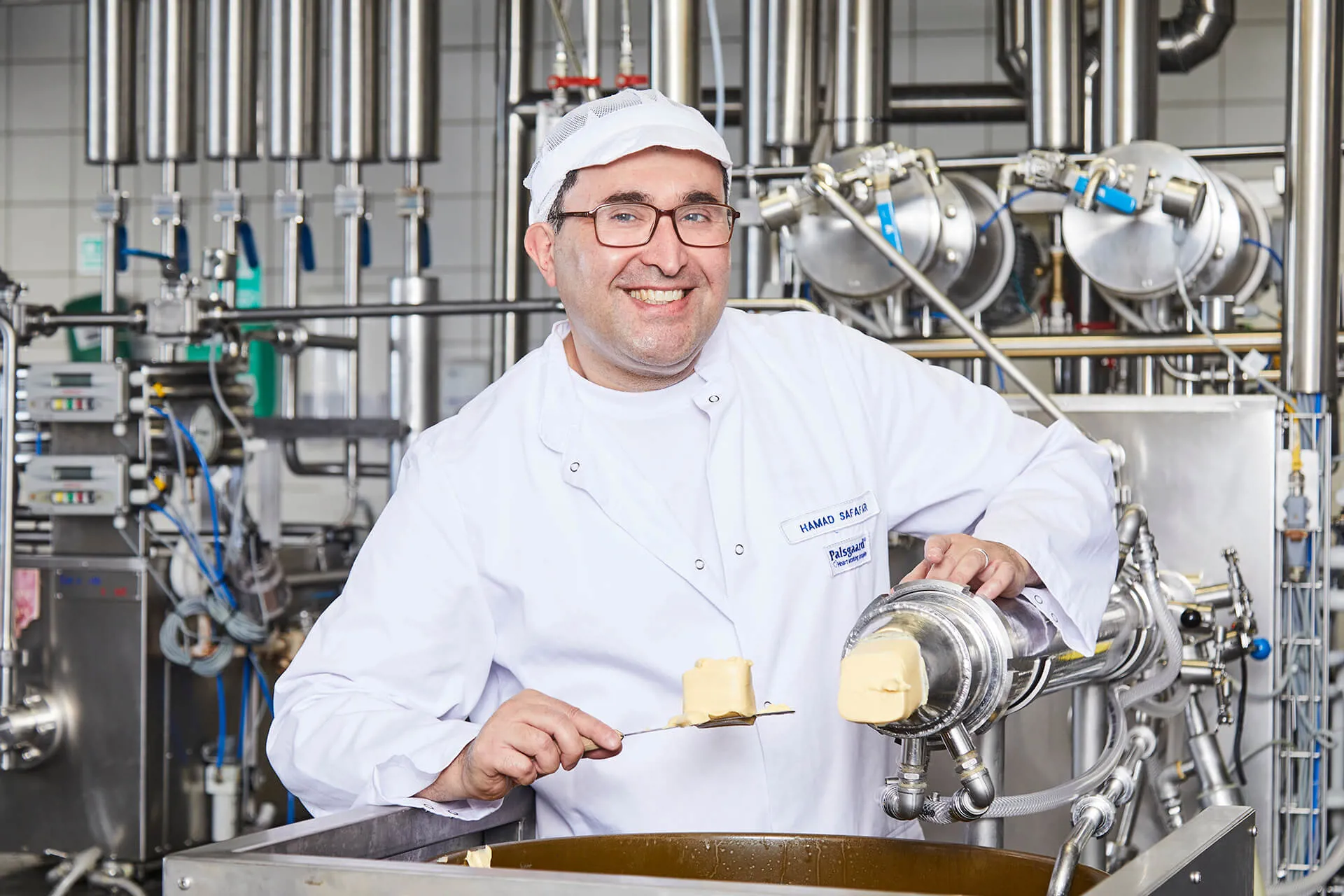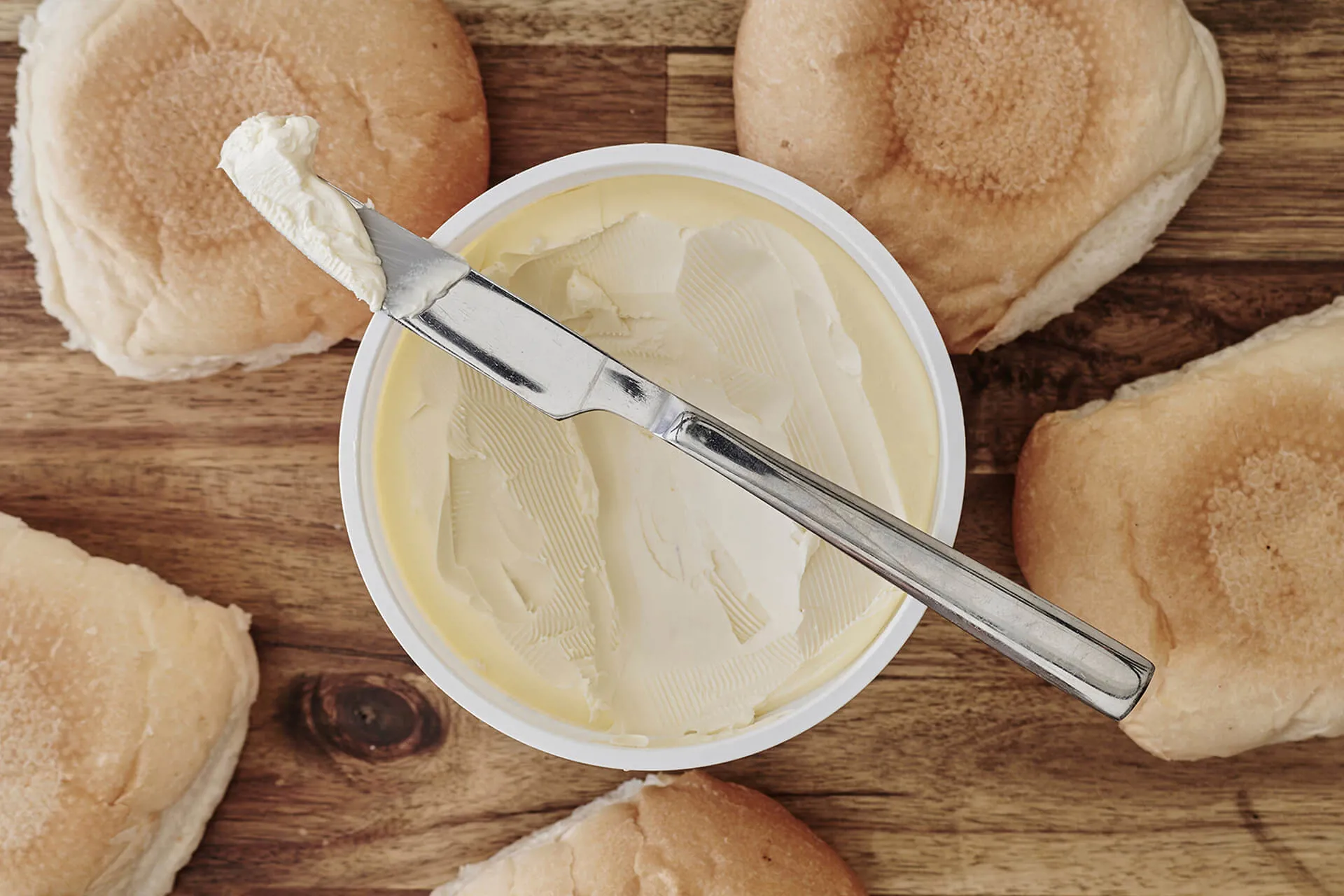
TECHNICAL ARTICLE
TECHNICAL ARTICLE
It is a well-known fact that consumers are requesting healthier foods with an increasingly lower fat content. This is also true for margarine spreads. Based on 100 years of experience creating emulsifiers for the margarine industry, Palsgaard is therefore pleased to present an emulsifier system that makes it possible to lower the fat content to as low as 10%. This article explains how the emulsifier system works, but equally important it also explains how to get the correct processing conditions.
